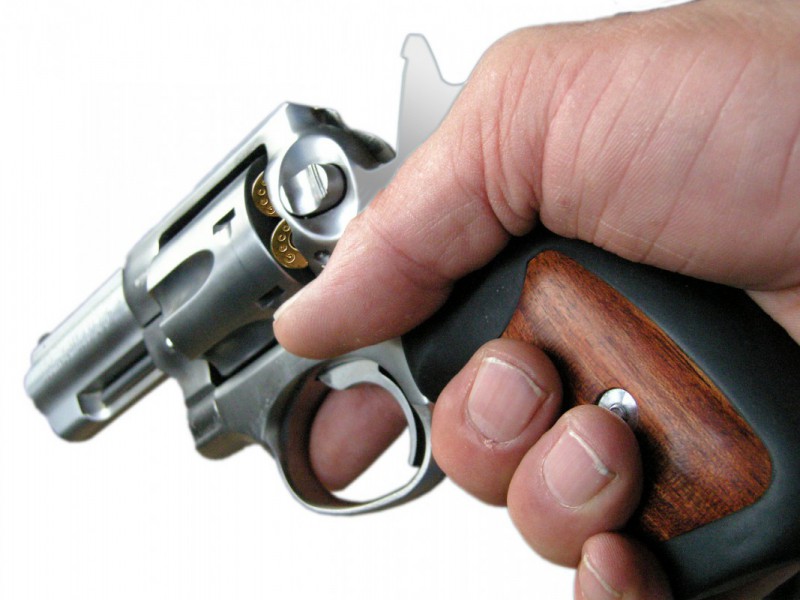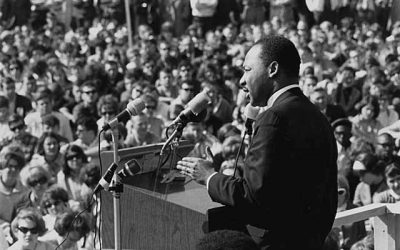For the gun controllers, the year gone by was bleak.
As 2001 began, their lawsuits against gun manufacturers were being dismissed in one city after another. An attorney general nominee they bitterly opposed was confirmed. Soon after, he wrote to the National Rifle Association, “unequivocally” backing its view that the Second Amendment guarantees the freedom of individuals (not just state militias like the National Guard) to own guns. Six months later, the 5th Circuit US Court of Appeals emphatically endorsed that interpretation, ruling “that the Second Amendment, like other parts of the Bill of Rights, applies to and protects individual Americans.”
As if that wasn’t depressing enough, the Brady Campaign to Prevent Gun Violence (formerly Handgun Control, Inc.) said in October that dwindling contributions had forced it to lay off one-fifth of its staff — its first layoffs in 27 years.
But to the anti-gun lobby, the worst news of all had to be the way in which tens of thousands of Americans reacted to the atrocities of Sept. 11: They went out and bought guns.
“Steep Rise in Gun Sales Reflects Post-Attack Fears,” reported the Sunday New York Times in a Page 1, above-the-fold story on Dec. 16. Drawing on FBI statistics and surveys by gun owners organizations, it noted that “guns and ammunition sales across the country have risen sharply,” with many of the weapons being acquired by “a steady stream of serious-minded first-time buyers.” The number of background checks for gun purchases surged sharply after Sept. 11, peaking in October at 1,029,691 — almost 22 percent higher than in the same month a year earlier. Meanwhile, “around the country, gun instruction classes have shown significant increases in enrollment.”
An alarming trend? The Times certainly played up the views of those who think so:
“To many in and out of law enforcement, such a proliferation of deadly weapons is unsettling . . . . ‘We are always concerned with the overall numbers of guns that are available and out on the street making things unmanageable for law enforcement,’ said William B. Berger, the police chief of North Miami Beach. . . .
“Gun control advocates have voiced strong concern about the increased sales, citing statistics showing that guns, though purchased by the law abiding, sometimes end up later in criminals’ hands. . . . The advocates also say that more guns in circulation, particularly in the hands of the untrained, increase the chances of violence in the home, suicide, or accidental shooting. . . .
“The vast number of weapons already loosed upon American streets often wind up in the hands of those with insufficient training, gun control advocates say. And they stay in circulation for years. ‘We will see the ultimate consequences of that down the road when we see death and injuries that are associated with the proliferation of handguns,’ said Tom Diaz [of] the Violence Policy Center, a nonprofit gun control group in Washington.”
Now, there is nothing wrong with quoting gun controllers in a story about rocketing gun sales. But it’s a pity that the Times couldn’t find room for even one quotation from an advocate of increased gun ownership or from a law enforcement official who believes that more guns leads to less crime. For the plain fact is, individuals who buy guns because it makes them feel safer generally have good reason to feel that way.
To those who support more and stricter gun control, nothing could be more self-evidently dangerous than the proliferation of guns in private hands. But crime and violence statistics point to a different conclusion.
Gun ownership in the United States is near its all-time high, yet gun violence is markedly lower than it was 10 years ago. A fluke? Not at all. When honest citizens are allowed to carry guns, criminals are less likely to attack. That is why violent crime tends to fall as gun ownership rises.
For a contrast, consider Great Britain, where handguns were banned in 1997 following the school massacre at Dunblane. Within two years, gun violence was up 40 percent. “A terrifying crime wave swept England,” writes journalist Richard Poe in his recent book, “The Seven Myths of Gun Control” (Forum, 2001). “Stripped of the ability to defend themselves, Britons were left helpless against criminal attacks. And the criminals knew it.”
In America, where 33 states now permit law-abiding residents to carry concealed handguns for their own protection, the inverse relationship between gun crime and gun ownership is clear. Yale Law School scholar John Lott analyzed 18 years of crime data from all 3,054 US counties, and discovered that nothing was more decisive in lowering violent crime rates than the passage of “shall-issue” or “right-to-carry” gun laws. In the biggest counties, those with populations of 200,000 or more, concealed-carry laws led to an average drop in murder rates of more than 13 percent.
When the National Association of Chiefs of Police asked police commanders last year whether they agreed or disagreed “that a national concealed handgun permit would reduce rates of violent crime,” 62 percent agreed. When asked whether law-abiding citizens should be able to purchase a firearm for sport or self-defense, 93 percent said yes. Cops can confirm from experience what millions of Americans know by intuition: Guns make us safer. Now if only someone would tell The New York Times.




